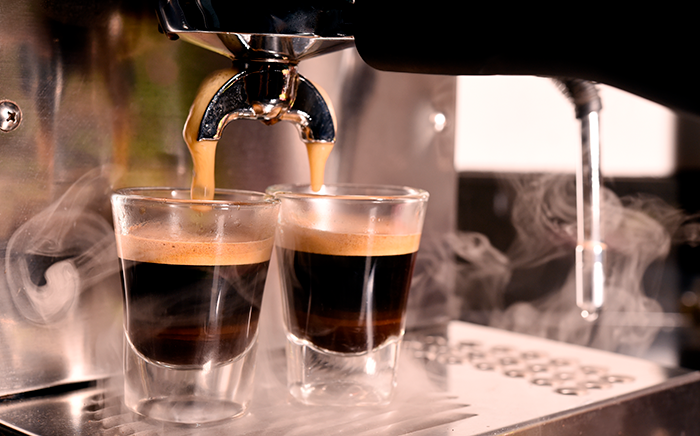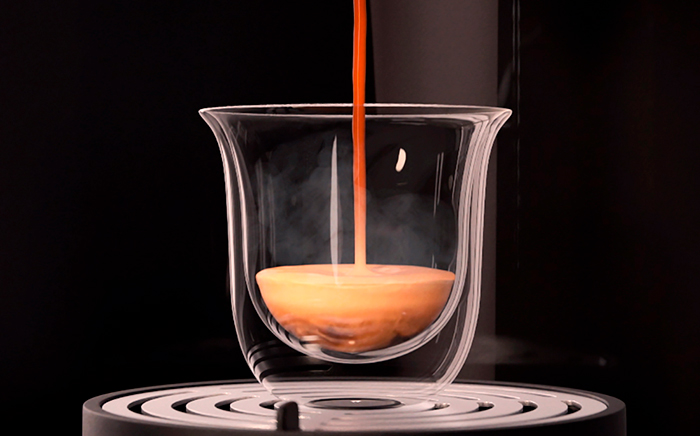
Coffee has always been a popular drink, but many other details were unknown until recent years when it has become a delicacy for many people, as it happened before with wine or cava. Nuances, cultivation, or how to prepare were researched. And so it happens with the many ways to brew coffee and innovations in coffee makers, with an eye on traditional models. Even though there are just two main coffee varieties, each has many other types of coffee worth discovering.
A bit of botany

There are many coffee varieties, origins, types of cultivation, etc. From fields to how to store the beans, everything has an influence on flavour, but it is important too knowing the genetics of the beans to understand this plant a little better.
Coffea plant is part of the family of the Rubiaceae. This family has more than 500 genres and 6,000 species. But coffea is the most popular. Currently, more than 50 species of coffee are thought to exist, all of them being native to tropical Africa and the Indian Ocean islands. Most of them are non-cultivated wild species that are not suitable for human consumption.
Coffee species for human consumption
Just a few species of coffee are suitable for human consumption. But that does not mean there are not many coffee varieties around the world. As we mentioned above, where they come from, altitude, type of roast, etc. play an important role in the flavour and type of coffee.

Species like coffea eugenoides or coffea anthonyi, are cultivated for genetic modifications and hybrids for the species mainly dedicated to consumption. The latter are the libérica coffea, the coffea canephora (robusta) and the arabica coffee, both of which are behind many other types of coffee.
Coffea libérica or liberica
It is not common in many countries, though you can use it in any kind of coffee maker, and it is even very popular in some African and Scandinavian regions (Finland drinks more coffee than any other country in the world). This coffee comes from Monrovia, Liberia, though it is now grown in the Philippines.

The plant can reach 18 metres, so the beans are collected with ladders, special machines, or once they fall to the ground. The roast of this coffee can be hard, and the flavour is strong and bitter. There are coffee varieties like Barako, spicy with anise touches, or the most popular, café excelsa, intense but fruity.
The plant is very resistant to plagues, and it is common to use it for creating new hybrids to improve the performance of other varieties.
Coffea canephora o café Robusta
Robusta is the second most cultivated and sold coffee in the world. It comes from West Africa, although it grows now mainly in Brazil. It is very resistant to illnesses and drought, so cultivation is cheaper.

This coffee bean is common for soluble coffee and blends, but it also has some qualities that make it highly appreciated by baristas. It has a strong and bitter flavour and twice as much caffeine as arabica coffee, up to 3 %. The main varieties of this species of coffee are java, kouilou, niaolili, and congensis.
Coffea arábica o café arábica

The King of coffees, the most popular. More than 60 % of the coffee production and most of the gourmet coffee in the world is arabica. The origin of this coffee is Ethiopia. The plant can reach 8 metres and is very sensitive to plagues. A 100% arabica coffee must be grown over a distance of more than 1,000 metres.
The main varieties are Typica and Bourbon, and they are the origin of many other coffee varieties as well, through natural mutations or hybrids. The highest quality coffees have high traceability. You know who the producers are and when exactly it comes from.
The natural Bourbon mutations include Villa Sarchi, Caturra, and Pacas, or Maragogipe and San Bernardo, from Typica. Natural mutations like Geisha, Moka or Java (too) are very popular among the best coffees. You can also find hybrids. For instance, from Pacas and Maragogipe, we have Pacamara. Colombia is a hybrid of Timor and Caturra.
How can I choose a good coffee at the store?
Try to buy coffee beans and grind them at home. It is better to choose a coffee store because they will tell you which coffee is best for you and the flavour is quite different from what you can get in an ordinary supermarket. If you prefer capsules, you need to do some research until you find your favourite brand.

Arabica with a natural roast is usually the best choice —this kind of roasting can’t hide many common flaws. Look for fruity flavours if you like to drink espresso coffee without milk. If you buy it in a supermarket, try to read the origin of the coffee and the package information. The clearer they are, the more likely you are purchasing good coffee. And remember that paying more doesn’t always mean better quality, although it may be related in this case. Good-quality coffee is accessible luxury, unlike other drinks.
There are coffee varieties for everybody, for every moment, for every kind of coffee maker —sometimes, you can have almost everything together in just one coffee maker, like the Barista—, and to enjoy in every corner of your home. There is a wide range of possibilities to explore with coffee.


